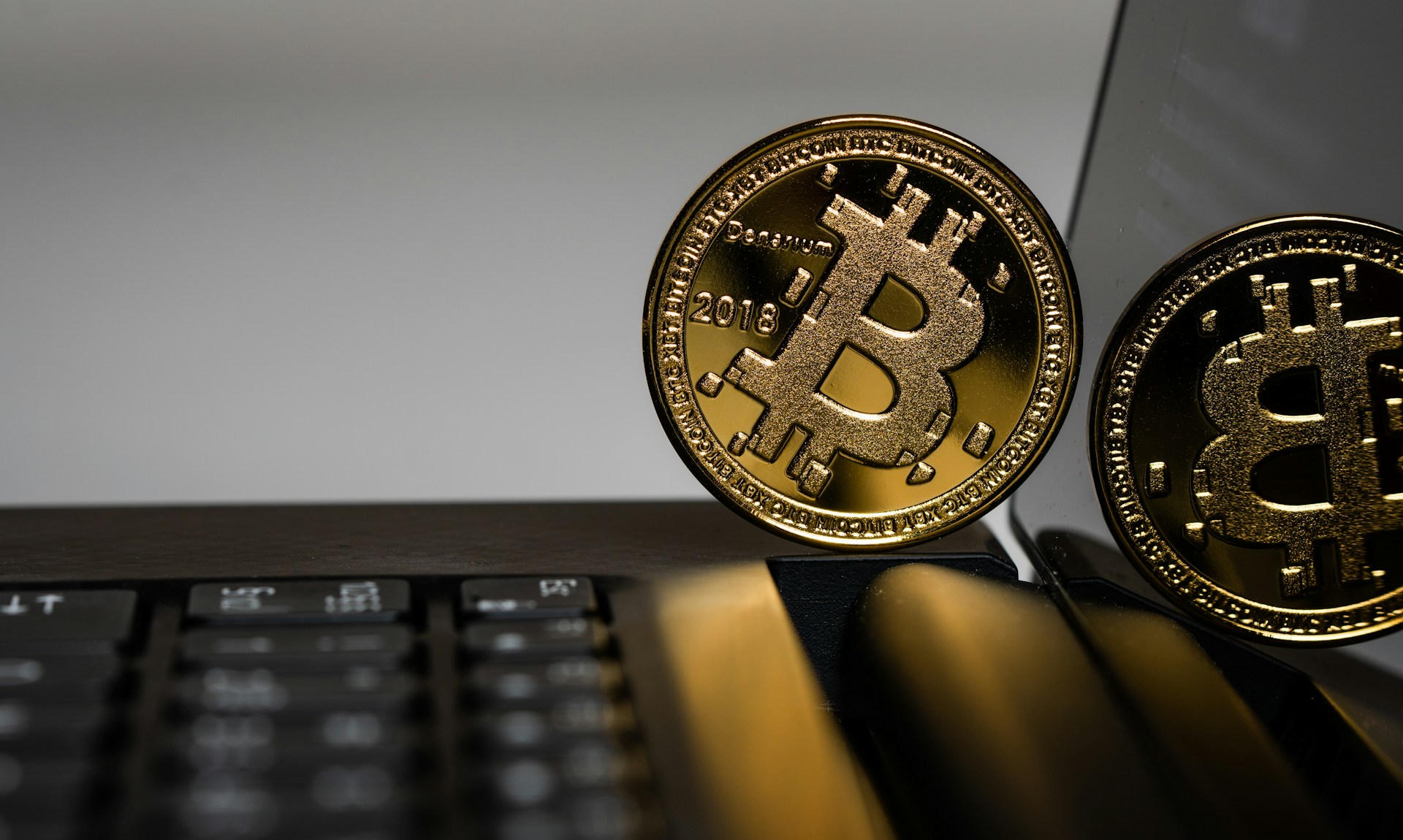The crypto market is full of dramatic ups and downs. Some of it is just market volatility. But other times, it’s fear being pushed on purpose.
You’ve likely seen it: bad headlines, wild social media posts, or friends saying, “Sell before it crashes!” This article explains what FUD stands for, where it comes from, and how it affects the entire market. We’ll also show you how to spot false information, stay calm, and protect your crypto assets.
What is FUD? Meaning & Definition
So, what does FUD mean in crypto?
The term comes from traditional financial markets, especially Big Tech. In the 1990s, companies like IBM used FUD as a tactic. They spread general skepticism about competitors to slow down adoption. It worked by planting doubt and fear, not facts. It’s now common crypto slang—and a favorite weapon in the crypto industry.
In crypto, FUD refers to deliberate attempts to create fear around a particular asset, project, or even the entire market. Headlines like “China banning Bitcoin” or “Bitcoin is a scam” are classic examples. The goal here is to shake confidence and trigger impulsive decisions—often for someone else’s gain.
Crypto communities often use the term “FUD” to call out misleading information. It’s a defense against emotional manipulation. But be careful—not all criticism is FUD. Sometimes, real concerns exist. The key is to do your own research and stay grounded in the underlying technology.
While FUD indicates negative sentiment, FOMO reflects collective greed during market fluctuations.
How FUD Spreads in the Crypto Market
FUD spreads like wildfire—especially when the crypto community is already nervous. A single tweet, headline, or quote can shake the market and spark impulsive buying or panic selling. But where does it come from? And why does it work so well?
Common Sources of FUD
News outlets often lead the charge. Some media rely on sensational stories to grab attention. They publish dramatic claims like “America to Ban Bitcoin” or “Crypto crash ahead”—even when the details are shaky at best. This kind of misleading information has spooked the financial markets for decades.
Social media is another huge source. One viral thread or influencer post can flood the crypto space with FUD in seconds. If the post includes fear-loaded words like “exit scam” or “rug pull,” many readers will act fast without checking the facts.
Even organizations involved in crypto can unintentionally trigger fear. For example, when regulators announce new rules, or exchanges freeze withdrawals, people panic—even if the update is temporary.
Who Spreads FUD
Sometimes it’s crypto traders trying to move the market cap in their favor. By spreading rumors, they hope to buy low and sell high. Other times, it’s governments, banks, or traditional finance voices who question crypto’s long-term viability. Some, like Warren Buffett, openly compare Bitcoin to gambling. That kind of criticism can shake investor confidence—especially among newcomers.
And then there are the bots, trolls, and clickbait farms. These actors don’t care about accuracy—just views. But their content influences market sentiment more than you’d think.

The Psychology Behind FUD
FUD works because it plays on your brain’s survival instincts. You react quickly to danger—even if that danger is just a headline. Many people fear losses more than they desire potential gains.
In volatile markets, that instinct goes into overdrive. Traders see prices drop and assume the worst. This leads to impulsive decisions, rushed sales, and spiraling fear.
This way, FUD targets consumer emotions. It clouds rational thinking and disrupts healthy decision making. In a market with few rules and constant noise, it’s easy to panic. That’s why staying grounded is one of the most powerful skills in crypto investing.
Notable Examples of FUD in Crypto History
FUD has shaped the crypto market time and time again. Let’s break down five of the most famous events that sparked fear, uncertainty and doubt, rocked the digital asset space, and shook investor confidence around the world.
China Banning Bitcoin (Repeatedly)
If you’ve spent more than five minutes in crypto, you’ve probably heard the phrase “China banning Bitcoin.” It’s one of the most recycled headlines in the entire crypto space.
The Chinese government has announced or hinted at a ban on Bitcoin many times since 2013. Each time, the market reacts. In September 2021, when China declared crypto transactions illegal, Bitcoin dropped 9% in a single day. Some exchanges and mining farms shut down overnight, spooking global market participants.
Fast forward to May 2025—China again tightened personal holdings regulations. Bitcoin dipped below $105,000. Every round of this FUD hits the crypto community hard, triggering market fluctuations that ripple across borders.
Elon Musk’s Tweets About Bitcoin Energy Use
Few people have moved the cryptocurrency market like Elon Musk.
In May 2021, Musk tweeted that Tesla would stop accepting Bitcoin due to concerns over energy use. This one post erased billions in market cap. Bitcoin fell ~10% that day. Traders panicked. The story went viral, stirring up FUD over Bitcoin’s environmental impact. The tweet triggered impulsive decisions and lots of confusion—even though Bitcoin mining hadn’t changed overnight. It showed how powerful a single influencer can be when market sentiment is already fragile.
Mt. Gox Hack and Its Ripple Effects
The Mt. Gox exchange once handled over 70% of Bitcoin trades globally. In 2014, it collapsed after 750,000 BTC were stolen—worth around $480 million at the time. The breach was one of the first major shocks to crypto.
As a result, Bitcoin dropped from ~$800 to ~$450 in days. Trust vanished. Panic spread across the crypto industry, and the FUD it triggered lasted for years.
The Mt. Gox saga wasn’t just a hack—it was a full-blown crisis that cast doubt on the long-term viability of crypto platforms. Many people feared the entire system was broken. It even set the stage for future concerns about regulatory crackdowns and exchange risk.

SEC Lawsuits: Ripple (XRP), Binance, Coinbase
When the US Securities and Exchange Commission sues someone, people pay attention.
In 2020, Ripple Labs was charged with selling XRP as an unregistered security. The price of XRP dropped 70% in days. Major platforms delisted the token.
In June 2023, the SEC sued Binance and its CEO. This lawsuit wasn’t just about one token—it targeted a global exchange. The market saw it as a sign of sweeping regulatory crackdowns.
Coinbase also faced an SEC suit over token classifications. Though the case weakened by 2025, it caused general skepticism and nervous trading across the board.
All these actions shook investor sentiment, especially among newcomers who didn’t yet trust the rules of the crypto space.
Tether (USDT) Reserve Transparency Debates
Stablecoins are supposed to be stable. That’s what makes the Tether story so wild.
For years, people were asking: is USDT really backed 1:1 by dollars? In 2021, the New York Attorney General found that Tether had used $850 million to cover Bitfinex losses—without telling users. Tether settled for $18.5M. But the damage was done.
Then, in 2023, the CFTC in the US fined Tether $41M. They revealed that USDT was fully backed by cash only 27.6% of the time. The rest? Commercial paper, loans, and other assets. This info shocked many traders who assumed USDT was “safe.”
The fear was simple: if Tether collapsed, it could crash the whole crypto market. That idea alone was enough to spook investors, causing FUD waves across exchanges and forums. For something called a “stablecoin,” it sure created a substantial amount of panic.
Effects of FUD
FUD doesn’t just stir up fear—it drives market movements across the cryptocurrency market. Prices drop fast. Sometimes in minutes. Even projects with solid fundamentals suffer when negative news spreads unchecked.
The most immediate impact is panic selling. Traders react to fear, not facts. You’ll often see a steep sell-off followed by confusion and regret. Many who sell during FUD later rebuy at a higher price—losing money in the process.
What’s worse, FUD hurts investor sentiment. People lose trust in projects, platforms, and even crypto as a whole. A few scary headlines can set adoption back months. Some investors exit altogether—moving back to the stock market or holding cash on the sidelines.
FUD also creates long-term ripple effects. Projects under fire might delay updates, halt partnerships, or pull back on innovation. That slows the pace of gaining traction in the real world, especially when the same fears get recycled again and again.
However, FUD isn’t always bad. For seasoned traders, it creates buying opportunities. If you can cut through the noise and spot market overreactions, there’s room for potential gains. Still, the harm usually outweighs the benefit. FUD amplifies doubt and shifts the general mindset from innovation to fear. It pushes crypto community members to second-guess their strategies. And it makes newcomers hesitate before joining the space.
In the long run, the crypto ecosystem needs fewer rumors—and more clarity. The more educated the community becomes, the harder it will be for FUD to win.
How to Protect Yourself from FUD
The best defense is education.
FUD works on those who don’t fully understand what they’re holding. So learn the crypto basics, follow project updates, and check the facts before reacting. Be skeptical—but not cynical.
When you see wild claims, take a breath. Look for official sources. Ask yourself: who benefits from this fear?
Avoid herd behavior. If the crowd panics, that doesn’t mean you should too. Instead, build a strategy around what you believe in—not what someone else shouts online.
And most importantly: stay informed. Follow trusted voices. Understand how projects work. The more you know, the less likely you are to get shaken out. To stay informed but not overwhelmed, subscribe to the Changelly newsletter—clear insights, no hype, straight to your inbox.
Final Thoughts
Today, FUD is one of the most familiar crypto terms out there. It’s shorthand for emotional manipulation in markets.
Yet you’ll see FUD in all financial products, not just crypto. It sparks emotion and clouds judgment. But you’re not powerless. If you know the signs, understand your assets, and keep a long-term mindset, you’ll avoid the traps. The noise will pass. Real value won’t. Stay calm, stay focused, and build your strategy on facts—not fear.
Disclaimer: Please note that the contents of this article are not financial or investing advice. The information provided in this article is the author’s opinion only and should not be considered as offering trading or investing recommendations. We do not make any warranties about the completeness, reliability and accuracy of this information. The cryptocurrency market suffers from high volatility and occasional arbitrary movements. Any investor, trader, or regular crypto users should research multiple viewpoints and be familiar with all local regulations before committing to an investment.
































